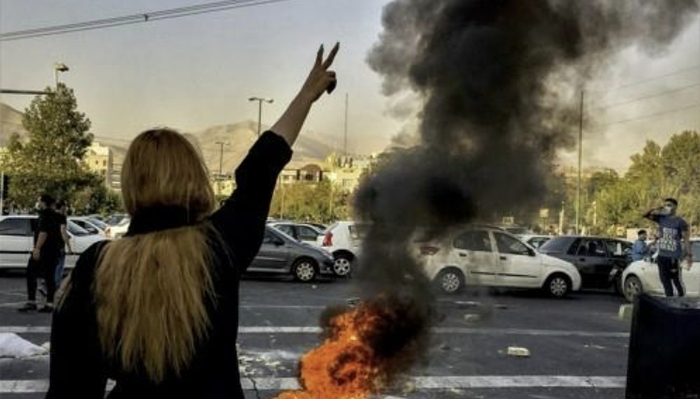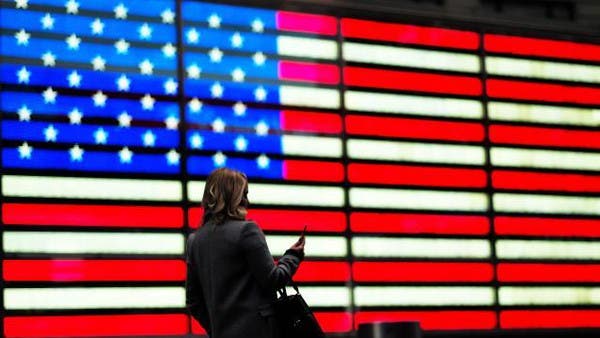Ignoring suppression practices by shooting in the feet or legs
There are especially many protesters who are caught in the snow
Violent crackdown on anti-government protesters
Condemnations and sanctions by the international community one after another
The international community continues to condemn and sanction Iran for killing at least 458 people, including around 60 minors, in its violent crackdown on anti-government protesters.
Amidst this, medical personnel testified that Iranian security forces were firing rifles at women participating in anti-government protests, targeting their faces, breasts and genitals, shocking them.
This was reported by the British Guardian newspaper on the 8th (local time), citing the observations of 10 health workers who secretly treat the protesters. The Guardian pointed out that the Iranian government is hiding the truth by blocking the internet and said that the photos and testimonies provided by medical staff contain the gruesome look as it is.
A doctor in the central Iranian province of Isfahan has introduced the case of a woman in her early 20s who suffered two gunshot wounds to her genitals, saying the military and police appear to target women and men differently. .
He said: “The woman said she was shot in the genitals and thighs after being surrounded by around 10 military and police officers. “She could have been my daughter,” the doctor said, adding that she was having a hard time coping with the stress and pain of what she had witnessed.
Regarding the situation where women were brought in with gunshot wounds to the chest and genitals, she said, “The security forces wanted to destroy the beauty of women, so they shot women in a different way than to men”.
Citing comments from human rights groups, The Guardian criticized: “Given the misogynistic political leanings of Iran’s Supreme Leader Ayatollah Sayyed Ali Khamenei, this horrific sexist violence is not surprising.”
Another doctor, who requested anonymity, said: “Many women are treated at home because they are ashamed to go to hospital. It is very dangerous,” he expressed concern.
A specialist in Tehran said he treated an injured 25-year-old who was shot in the face. “The fragments were lodged in his eyes, head and face,” he said. “I was nearly blind in both eyes.”
An ophthalmologist also said he treated four patients who had lost their vision, including a 20-year-old man who had 18 splinters lodged in his head and face. He added, “When I see young people who have to live without being able to see properly for the rest of their lives, I get very angry.”
Medical staff have warned of the seriousness of the bloodshed, saying hundreds of young Iranians could suffer lifelong consequences from their injuries. In addition, some 400 ophthalmologists have signed a letter warning of blindness due to the harsh crackdown on protesters.
The Guardian reported that an inquiry had been made to the Iranian Ministry of Foreign Affairs over its position on the medical staff’s statement, but there was no response.

As the atrocities of the Iranian military and police continued to be exposed, the international community began imposing sanctions on the Iranian government.
The British government has announced sanctions against around 30 people, including Iranian officials. In addition, the Canadian government announced sanctions against 22 people, including high-ranking aides to Iranian Supreme Leader Ayatollah Ali Khamenei, judicial and prison officials, and police. The European Union (EU) is known to be preparing further punitive measures against Iran for killing at least 458 people, according to the Iranian human rights group IHR.
Despite continued condemnations and sanctions by the international community, Iran executed anti-government protester Mohsen Shekari the day before (23). Human rights groups said as many as 10 protesters were at risk of being executed.
Shekari was arrested on September 25 for occupying a street in Tehran and stabbing and injuring security forces. Shekari, sentenced to death on the 13th of last month, was executed less than a month later. Twenty-four hours after the execution, Shekari was buried in a Tehran cemetery in the presence of her family, under the watchful eye of the security forces, according to local social media.
The international community continues to condemn Iran’s harsh crackdown on protesters. According to foreign media, a US government official said that Shekari’s death penalty “is greatly aggravating the situation of anti-government protests” and “will hold the Iranian regime accountable for the violence committed against its people”.
Germany has summoned the Iranian ambassador to Berlin in connection with the execution. The Spanish government “condemns the execution in the strongest possible terms” and said: “The Iranian government must respect the fundamental rights of the people, such as freedom of expression and peaceful protest”.
The Iranian government is adamant. He reiterated that he will continue to crack down on anti-government protests. According to Iranian state media, President Ebrahim Raisi attended a ceremony honoring the security forces who died during the crackdown and said, “The perpetrators who killed the security forces will be firmly found, tried and punished.”
Meanwhile, in major cities across Iran, including Tehran, anti-government protests sparked by the death of 22-year-old university student Mahsa Amini in September continued for three months. Amini died mysteriously while she was detained by the religious police for not wearing the dress required by Islamic law, such as the hijab. Police said she Amini died of natural causes of a heart attack, but her family members denied that she was tortured to death.
According to the UN High Commissioner for Human Rights, more than 300 people have been killed in the past two months as a result of Iranian repression. It is also known that more than 40 children were among the dead.


